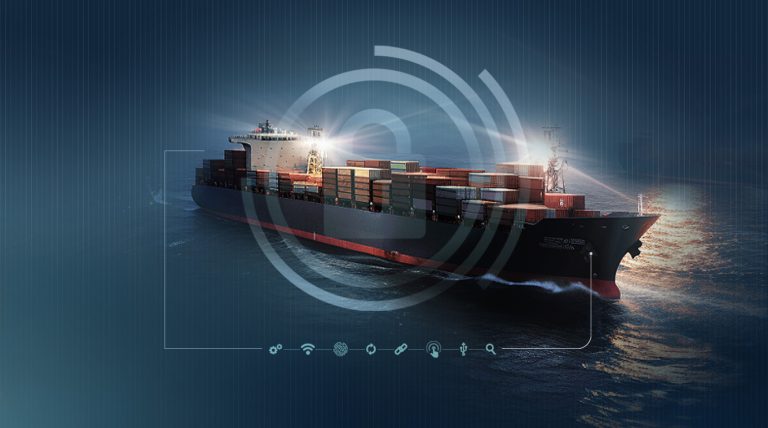In today’s connected fleet environment, vessel IT is no longer “support equipment.” It’s operational infrastructure. From ECDIS and engine sensors to Starlink, 5G, virtualization, and remote IT management—your vessel’s productivity depends on how well your IT backbone performs under real-world conditions.
Here’s a practical, maritime-focused guide to strengthening your onboard IT performance and keeping your fleet running efficiently and securely.
1. Build a Real Disaster Recovery & Backup Strategy
Vessels operate in unpredictable environments. A failed disk at sea shouldn’t stop operations.
-
Keep a tested Disaster Recovery (DR) plan for critical systems.
-
Automate backups of navigation data, server images, documents, and configurations.
-
Ensure backup restoration is verified—not just scheduled.
2. Deploy Monitoring & Management Tools
You can’t fix what you can’t see.
-
Implement real-time monitoring for network health, bandwidth usage, CPU loads, and connectivity failover.
-
Use centralized management to automate tasks (patching, antivirus, policy updates) across the fleet.
3. Modernize Your Network Infrastructure
Slow networks kill productivity onboard.
-
Upgrade switches, routers, and Wi-Fi to handle today’s hybrid WAN (Starlink, VSAT, 5G).
-
Use QoS to prioritize business-critical traffic over crew entertainment.
-
Reduce latency and eliminate “single points of failure” in key paths.
4. Strengthen Your Cybersecurity Posture
Cyber risk at sea is rising—and outdated systems are easy targets.
-
Deploy layered protection: firewalls, web filtering, AV/EDR, IAM.
-
Run regular audits and patch management cycles.
-
Update configurations continuously to align with IMO 2021 and IACS UR E26/E27.
5. Use Load Balancing to Avoid Bottlenecks
Balanced systems run smoother.
-
Spread workloads between servers or VMs to prevent overload.
-
Adopt intelligent balancing that adapts to changing vessel traffic and job queues.
6. Update Hardware & Software Routinely
Aging hardware and unpatched software slow everything down.
-
Refresh end-user devices, network gear, and compute resources on a fixed lifecycle.
-
Keep OS, antivirus, virtualization hosts, and navigation-support tools fully patched.
7. Leverage Virtualization & Cloud Services
Modern fleets use fewer standalone PCs and more virtualized infrastructure.
-
Consolidate systems through virtualization to improve reliability and security.
-
Run non-critical workloads in the cloud where efficiency and scalability are higher.
8. Train Your Crew and IT Teams
Technology works only if your people can use it.
-
Provide short, focused training sessions on IT policies, cybersecurity hygiene, and system basics.
-
Ensure a support process is in place, especially during operations and port calls.
9. Test, Optimize, Repeat
Performance tuning is not a one-time task.
-
Run regular stress and performance tests.
-
Adjust configurations based on real-world usage and evolving fleet requirements.
10. Partner With Maritime IT Specialists
Working with experienced maritime IT professionals brings clarity, consistency, and compliance.
From network redesign to cyber hardening and fleetwide monitoring, collaboration ensures your vessel infrastructure stays future-proof and resilient.
Final Thoughts:
Better IT performance onboard means faster operations, safer voyages, happier crews, and less downtime. When your systems are optimized, your fleet becomes more productive—and more secure—every single day.





